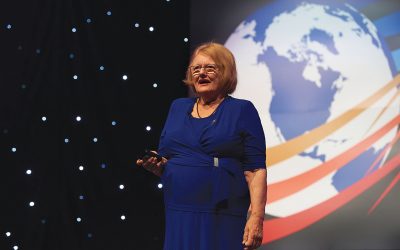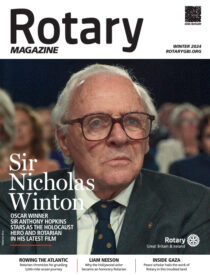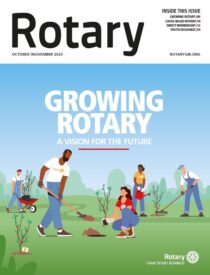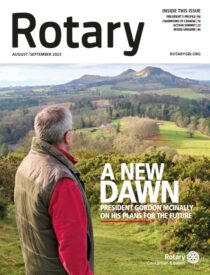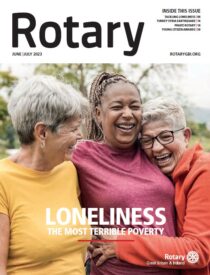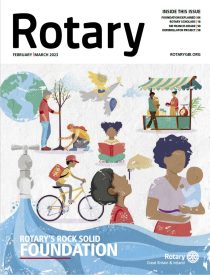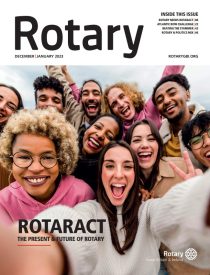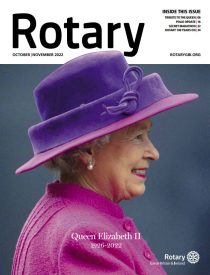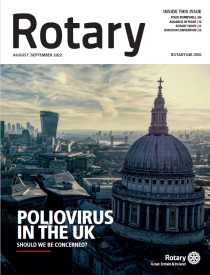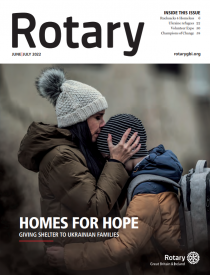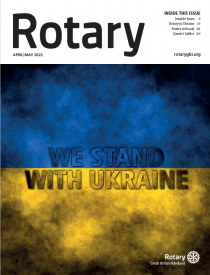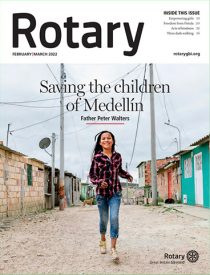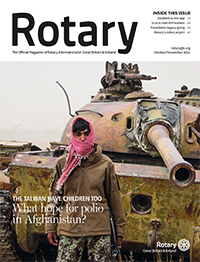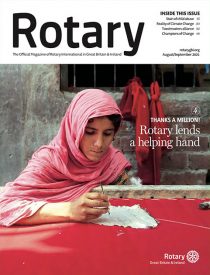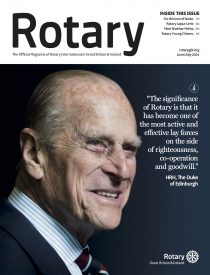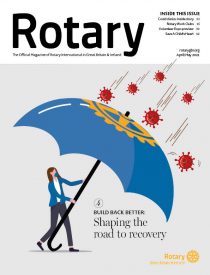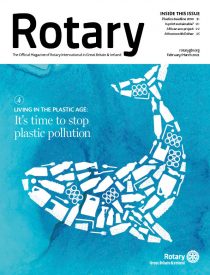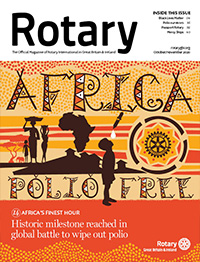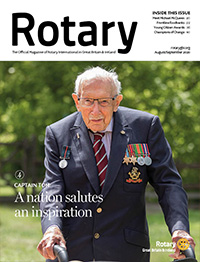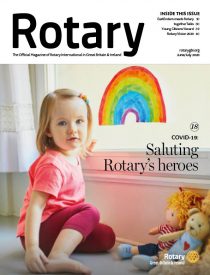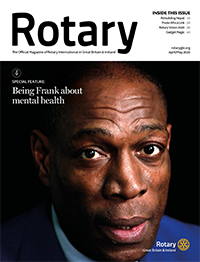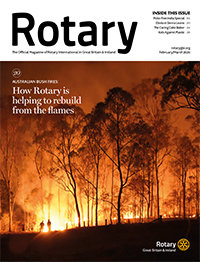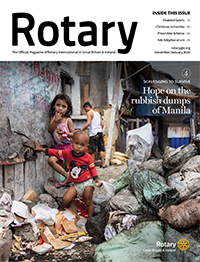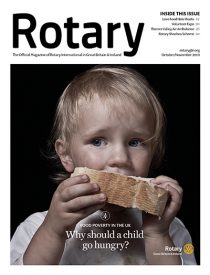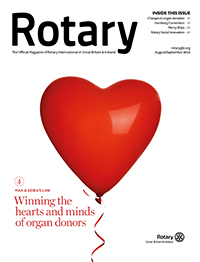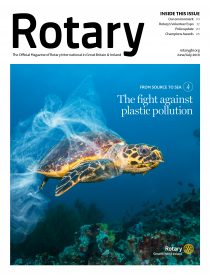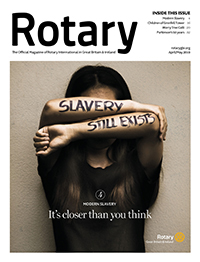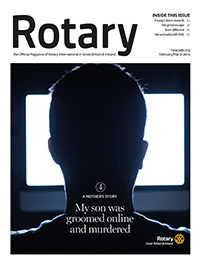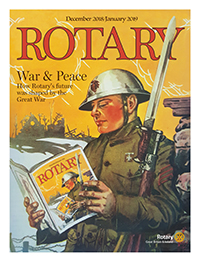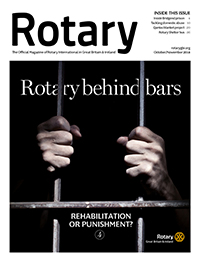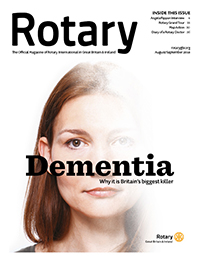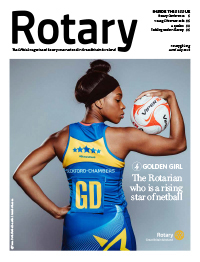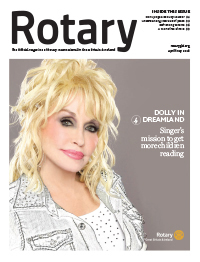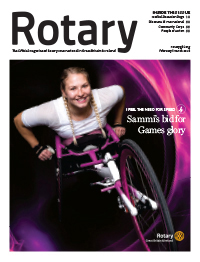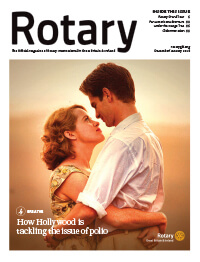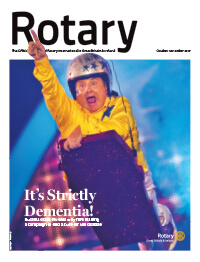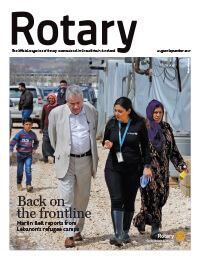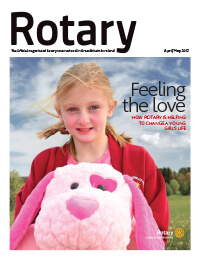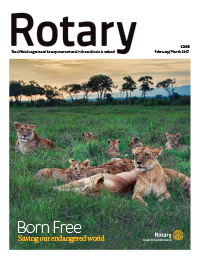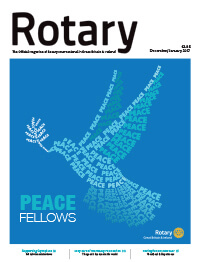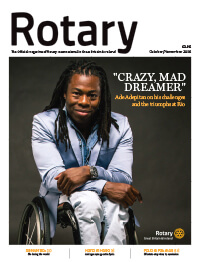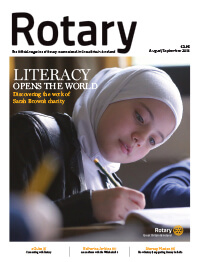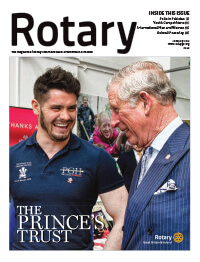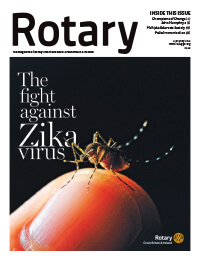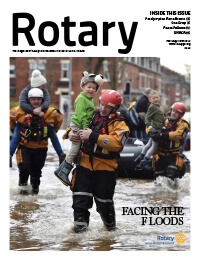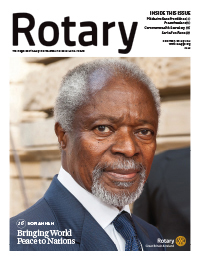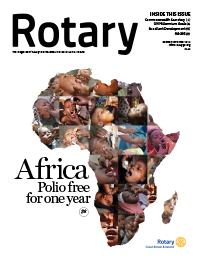Deepak Chandarana runs a small grocery store in the tiny Bedfordshire village of Clophill, with his wife Daksha.
Eighteen months ago, Deepak was opening up the store at 6am when he felt unwell. Within moments, he was having a heart attack.
Fortunately a defibrillator had been recently installed nearby in the village by the Bedfordshire Fire and Rescue Service.
Sensing something was wrong, quick-thinking Daksha got hold of the defibrillator, and rushed to her husband’s side. While on the phone to the ambulance control centre, she applied the adhesive electrode pads to Deepak’s chest before delivering a dose of electric current to his heart to allow it to return to normal.
An ambulance crew was soon on the scene, and Deepak was rushed to hospital where he made a full recovery.
He owes his life to his wife and the defibrillator, which he describes as a blessing to the village.
It is fantastic what Rotary has done. Without a doubt these machines will save lives.”
“The defibrillator saved my life,” said Deepak. “People know where the defibrillator is, and its existence gives everyone peace of mind.”
Deepak’s story provided the inspiration behind a Rotary initiative across three counties, with District 1260 providing 15 defibrillators in Bedfordshire, Hertfordshire and Buckinghamshire, as part of a £27,000 project which has been supported by a Rotary Foundation Global Grant.
Working closely with the Community Heartbeat Trust and the East of England and South Central Ambulance Service, the defibrillators are housed in stainless steel cabinets, and are only activated by the ambulance service following an emergency call. On each site there is a plaque mentioning The Rotary Foundation.
The defibrillators are located in small villages, a housing estate, railways stations, a rowing club, and also a multi-cultural area of Luton where the device comes with video instructions in two languages.
“This is a gift of life for the villagers of Wixams,” said Cllr Tom Pedder from the parish council after being presented with the defibrillator from District Governor, Chalmers Cursley.
“Our heartfelt thanks to The Rotary Foundation who donated the defibrillator to us.”
Project co-ordinator, Paul Denton from the Luton North Rotary Club, explained that Global Grants need more than just equipment to be successful.
He said: “Training and sustainability is the key, so training and installation costs were built into the grant budget and training sessions to use the equipment are taking place in each of the 15 communities.
“Cardiopulmonary resuscitation instruction is included too, making sure that many more people know how to undertake potentially life-saving interventions in their local community.”
A defibrillator is a device that gives a high energy electric shock to the heart through the chest wall to someone who is in cardiac arrest.”
Rotary Foundation Global Grants require 30 per cent of the funding to come from outside the project country and this was provided by District 5950 Minnesota and the Rotary Club of Bloomington, Minneapolis, following a previous global scholar partnership.
At the presentation at Bletchley railway station, South Central Ambulance Service first responder, Dick Tracey, revealed that on average four defibrillators are used in the region every week. He was confident the defibrillator installed at Bletchley station would be used.
He said: “It is fantastic what Rotary has done. Without doubt, these machines will save lives.”
Paul Denton said that what started as a Rotary Foundation Global Grant project for doing good in the world, had now become a showcase for Rotary’s ‘We’re for Communities’ initiative.
“I remember visiting Deepak Chandarana early in the project when I asked if the defibrillator had been used and he replied, ‘Yes on me. It saved my life’.
“If we have a similar outcome at only one of our units I will be satisfied.”
To find out more about the Community Heartbeat Trust, or get in touch, visit their website.










